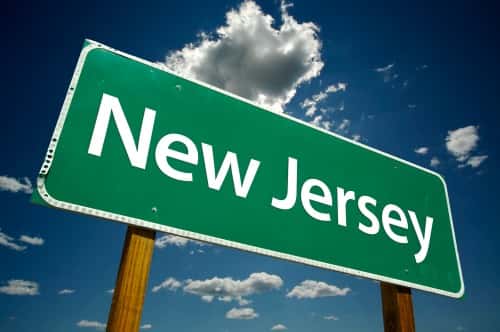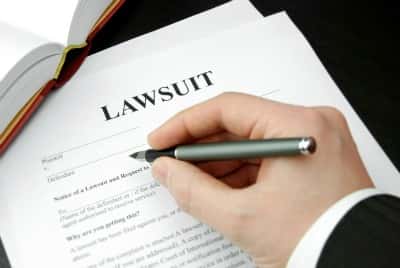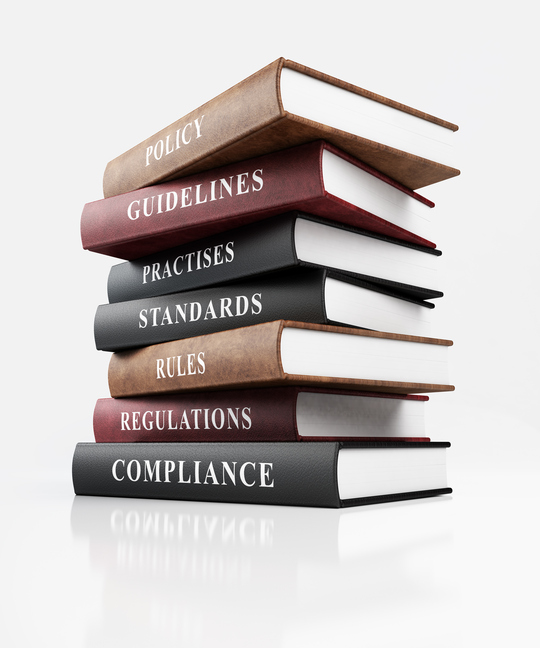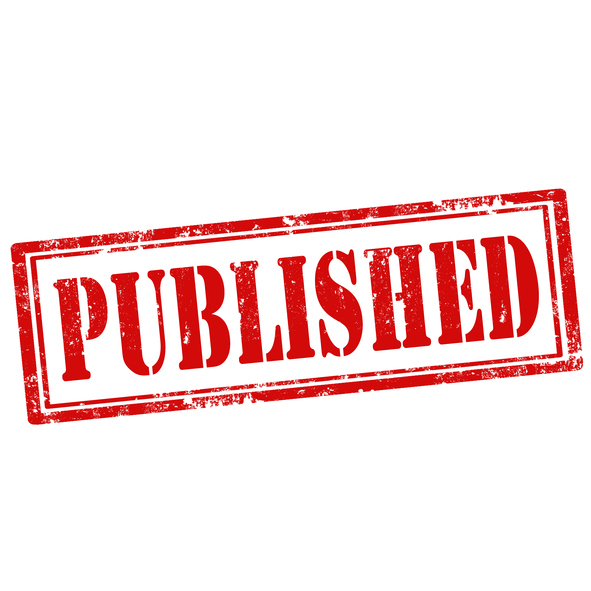In a 50-17-2 vote, the New Jersey Assembly approved legislation to establish the Clean Vehicle Task Force, whose 11 members would evaluate issues related to the promotion, development and use of low-, zero- or near-zero-emission vehicles in the state.
“Knowing that vehicle emissions are a major contributor to air pollution, it’s critical that we find ways to get more vehicles with lower emissions on the road,” says Assemblyman Tim Eustace, a sponsor of the bill. “This task force will help us find ways to protect the environment and advance our goal of slowing climate change.”
The task force would be responsible for studying the development of electric vehicles and hydrogen fuel cell technology, identifying bureaucratic obstacles to the use of low-emission vehicles, and evaluating any proposed or adopted changes with respect to air quality, fuel economy and greenhouse-gas emission standards made by federal agencies like the U.S. Environmental Protection Agency and the National Highway Traffic Safety Administration. The body would submit a report with recommendations to the governor and the legislature within a year of organizing.
The legislation also clarifies that, as it has since 2009, the New Jersey Department of Environmental Protection (DEP) would be required to continue implementing the California Low Emission Vehicle Program and the California zero-emission vehicle requirements.
The task force would consist of the DEP commissioner, who would serve as chair; the president of the Board of Public Utilities; the commissioner of the Department of Transportation; the state treasurer; the director of the Division of Rate Counsel; one member each of the Senate and the Assembly, to be appointed by the Senate president and the Assembly speaker, respectively; and one representative each of auto manufacturers, auto retailers, a public electric or gas utility, and a recognized statewide environmental organization, to be appointed by the governor with the advice and consent of the Senate.
The Assembly passed the bill on Dec. 17. The legislation will now be referred back to the state Senate for a concurrence vote.







